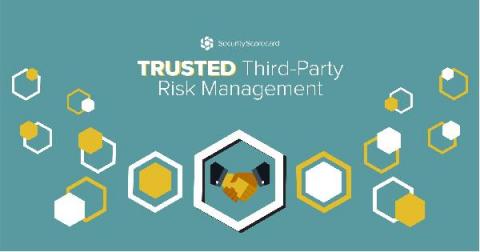2003 Testimony to Congress Proves That We Still Have a Long Way to Go In Building Secure Software
Back in May 1998, as a member of the hacker think tank, L0pht, I testified under my hacker name, Weld Pond, in front of a U.S. Senate committee investigating government cybersecurity. It was a novel event. Hackers, testifying under their hacker names, telling the U.S. government how the world of cybersecurity really was from those down in the computer underground trenches.











